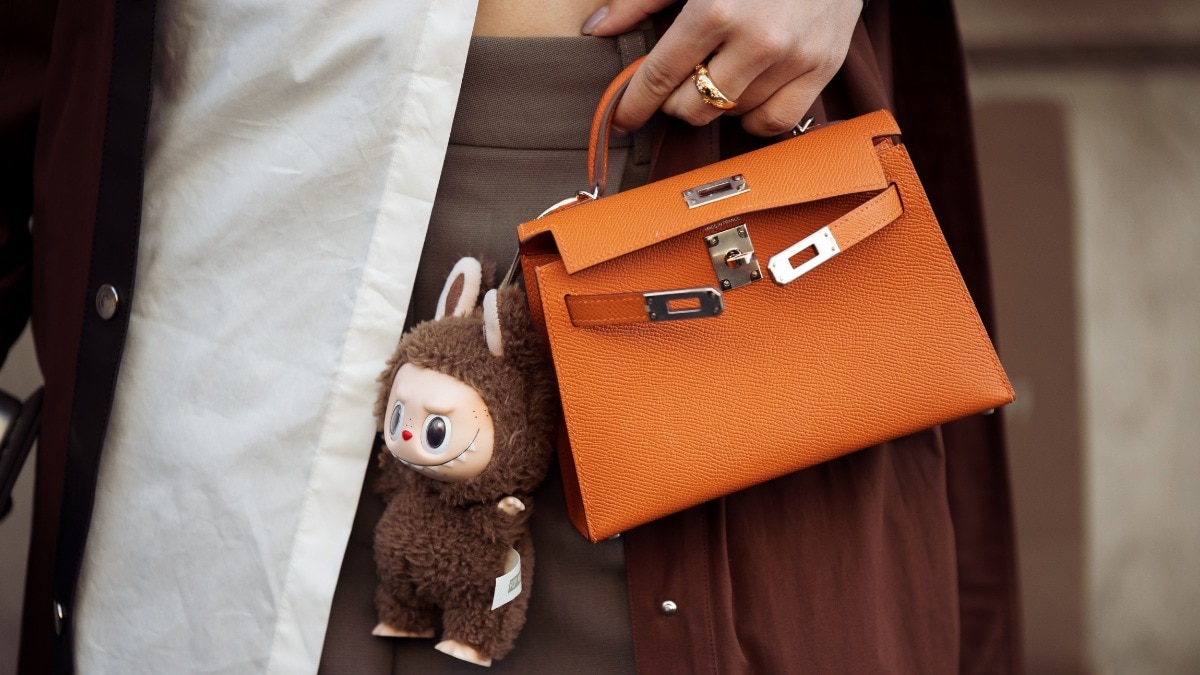AHA v/s BHA: Decoding the science behind these acids in your skincare
The basics of exfoliation and good skin.


Alpha-hydroxy acid (AHA) and beta-hydroxy acid (BHA) have been touted as the holy grail of exfoliation, and are commonly found in skincare products. Here’s everything you need to know before your next purchase!
What are hydroxy acids? And are they safe to use?
A little bit of science here. Hydroxycarboxylic acid is a bioactive compound; meaning they have an ‘effect’ on living things. Vitamins, Omega-3 fatty acids, carotenoids (which make plants yellow), and more, are all bioactive compounds. In the body, bioactive compounds promote good health—they reduce inflammation, are anti-cancer and anti-oxidative, to name a few. On the skin, they are known to remove dead skin from the face and combat the physiological effects of ageing.
AHA and BHA products are safe, but consult a dermatologist, as different skin products react differently on people. Most cosmetic brands control the dosage, so you won’t have a major issue by trying over-the-counter skin products.

What is AHA?
AHA are plant and animal-derived acids that can be found in various forms such as citric acid (citrus fruits), glycolic acid (sugarcane), caproic acid (animal fats and oils), caprylic acid (oil and human milk), lactic acid (in pickled vegetables, sourdough, etc), and malic acid and tartaric acid (in various fruits). You probably know of the DIY hack of applying lime juice on your face to get rid of acne. AHAs are good exfoliators, thus helping to get rid of dead skin, leaving behind clearer, smoother, brighter skin. AHAs break the loosest bonds on the skin’s surface, enabling it to shed naturally. Some other benefits of using AHAs include reducing the visibility of wrinkles and lines on your face, targeting hyperpigmentation, and hydrating the skin. Try to use AHAs in moderation because, ultimately, they are still acids and can cause side effects like redness, burns, irritation, and dryness.
Where can you find AHA products?
You’ll find AHAs almost everywhere—cleansers, toners, serums, moistures and masks. If you go through the ingredient list of some of the products in the market, you will see each one uses different types of AHA acids and have different concentrations and acidic values. Depending on how sensitive your skin is, some AHA products might not suit you—an oily or acne-prone skin can handle higher concentrations of the acid than dry skin. Remember to consult a dermatologist first!
What is BHA?
Beta Hydroxy Acid (BHA) is most commonly found as salicylic acid. They are best for oily skin but aren’t limited to the skin type. BHA is different from AHA in its method of exfoliation; it dissolves sebum and excess oils and breaks down dead skin cells from the skin’s surface. It also exfoliates within enlarged pores, propels them to return to their original size, and prevents them from enlarging again. It is really good for acne because of its anti-inflammatory properties.
BHAs are less recommended for sensitive skin because they dry up the skin, leaving it more sensitive and irritated. They also increase sun sensitivity and the chance of sunburn. Dermatologists recommend putting an SPF 30+ sunscreen after using a BHA product.
Many scientists don’t view salicylic acid as a true BHA, and most other BHAs are high in concentration and low in pH which causes irritation to the skin.

Where can you find BHA products?
BHA is marketed in the cosmetics industry, and has been around for a while. You can find BHA in toners, body wash and lotions, cleansers, serums and moisturisers and products targeting acne treatments. Salicylic acid is an over-the-counter cosmetic product, but depending on your skin type, check the concentration before you buy them.
Can you use them together?
AHA and BHA have distinct qualities and together both work quite well to help your skin. Many products such as exfoliating cleansers, spot/acne treatments products, body scrubs, and anti-ageing treatments contain both. Another way to use them together is to start off with a BHA exfoliator and go on to an AHA toner or serum—the BHA will exfoliate deeply and the AHA will moisturise and brighten your skin, giving you the best of both worlds. However, if you’re going to use a product with both AHA and BHA, make sure your dermatologist has verified it.
The verdict
AHAs and BHAs are chemical exfoliators. BHAs are more powerful exfoliators than AHAs if they suit your skin, while AHAs are varied and less irritable. Try a patch test on your arm before you apply it to more sensitive areas like your face. AHAs and BHA products are definitely worth investing in and they do work to make your skin better, completely naturally!










